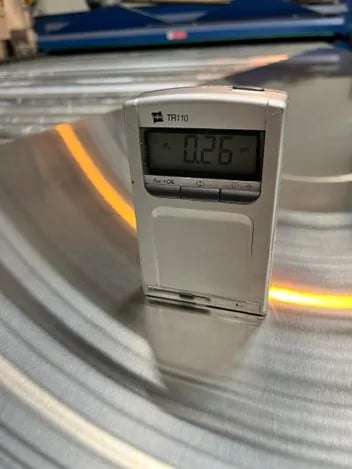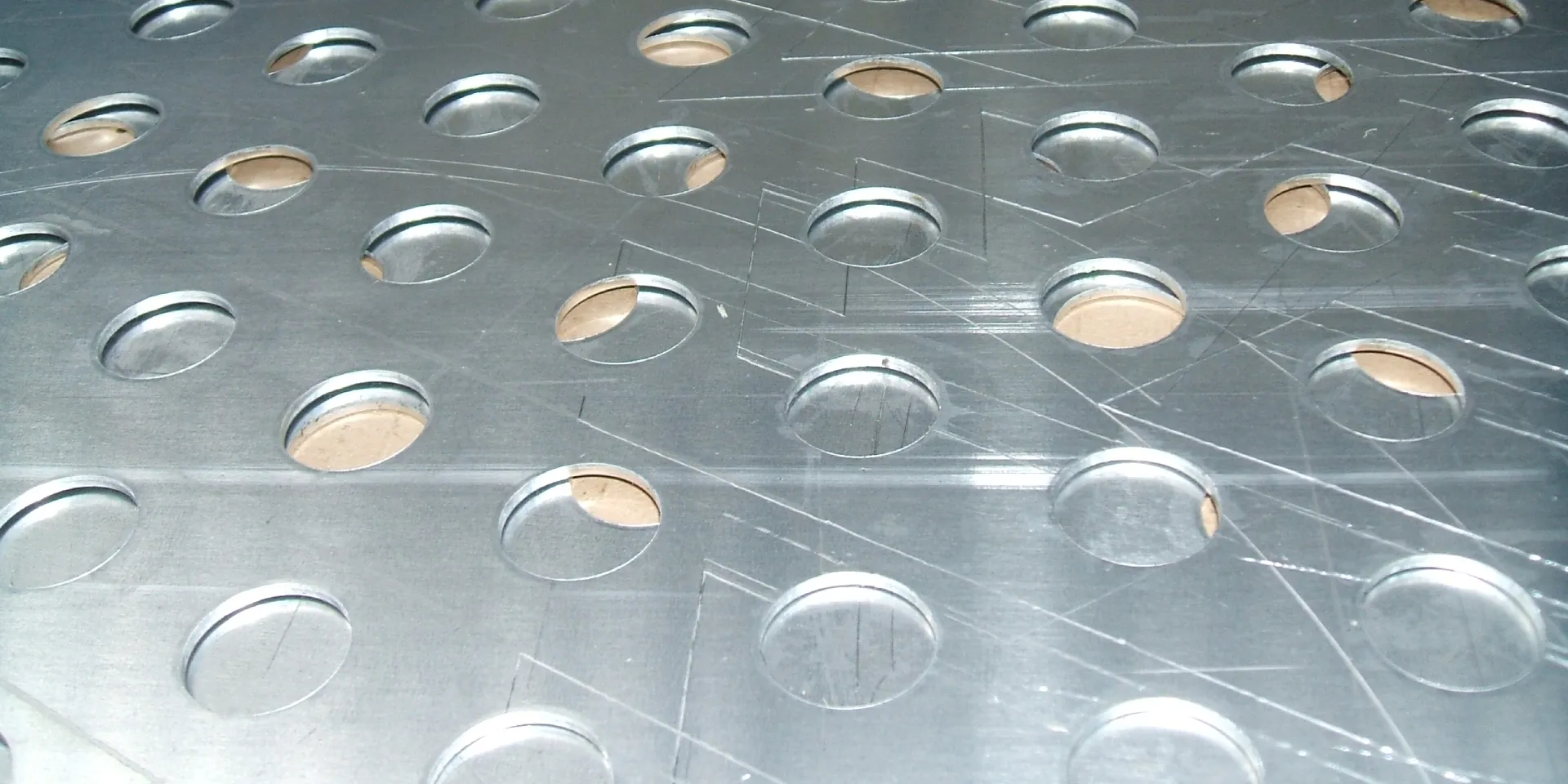Surface Finishing on Pharmaceutical Tanks
Surface finishing is an important aspect of pharmaceutical tank manufacturing. Proper surface finishing ensures that the tanks are free from contaminants and provide a smooth surface for easy cleaning and sterilization. Stainless Steel is recommended for the manufacture of the tanks due to it’s exceptional corrosion resistance and the correct surface finish can enhance this.
There are several methods of surface finishing used in the pharmaceutical industry, including mechanical polishing, electropolishing, and passivation. Each method has its own advantages and disadvantages and is chosen based on the specific requirements of the tank, the size and the fabrication method.
Mechanical polishing is the most common method of surface finishing used in the pharmaceutical industry. It involves using abrasive materials, such as abrasives, to remove surface defects and create a smoother finish. The polished stainless steel should be certified to the requested finish usually measured in microns and less than 0.5µm although we would recommend less than 0.3µm.

When choosing a surface finishing method for a pharmaceutical tank, it is important to consider the specific requirements of the tank. Factors such as the type of product to be stored in the tank, the cleaning and sterilization methods to be used, and the budget for the project should all be taken into account.





